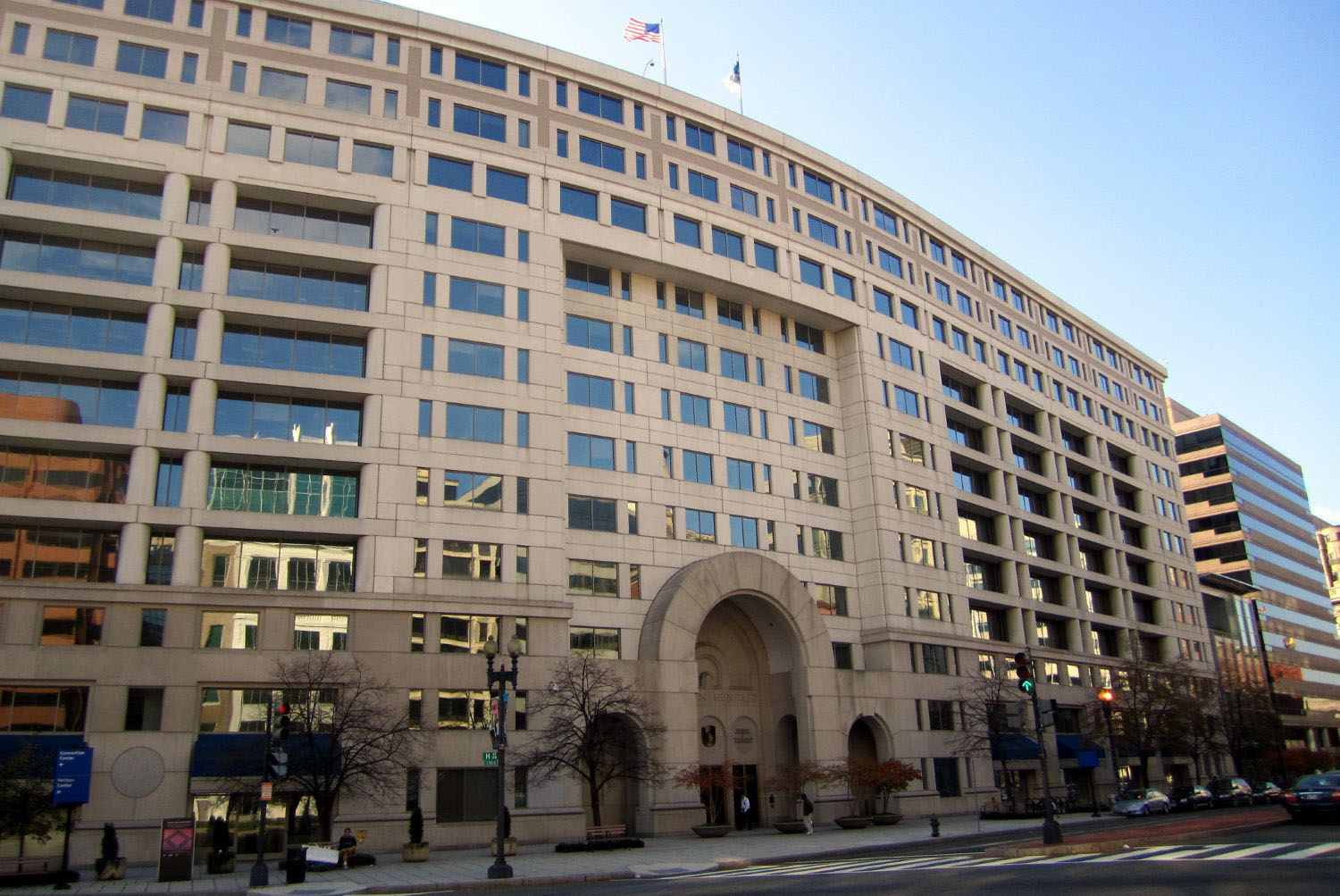The Latin American Shadow Regulatory Committee, known as CLAAF for its Spanish acronym, warns today in its biannual statement that despite positive policies and safeguards, the region is facing external and local risks that could affect its economic and financial outlook. Specifically, although the region’s exposure to financial risk is much more complex now than it was in the 1980s and 90s, the region is still vulnerable to hikes in interest rates, volatility in short-term capital markets, and uncertainty about its level of indebtedness to China. Brazil’s fiscal problems, growing since the Lehman’s crisis, are especially troublesome and could damage the region’s economy if not contained. CLAAF therefore recommends that the IMF stand ready to support adjustments in Brazil. Such IMF support could determine whether Latin America rebounds or returns to the crises of the 1980s.
More details from our report follow below.
Sources of contagion are more complex
Relative to the 1980s and 1990s, when large hikes in international interest rates played a central role in Latin America’s financial crises, the sources of external financial contagion are now more complex:
- The US Fed’s increase in interest rates will most likely be small and gradual, but even modest increases may lead to significant rises in sovereign risk premium across Latin America.
- Short-term capital flow volatility has increased, complicating risk management for banks. While no full-fledged banking crisis has taken place, numerous credit-rating downgrades have occurred.
- Both traditional (international capital markets) and the recently new, nontraditional (bilateral agreements with China) sources of external funding to Latin America are in retrenchment.
- The potential channels of contagion from China are multiple. Not only does the economic slowdown in China negatively affect Latin America’s terms of trade, but there is also large uncertainty about the size of the region’s indebtedness to China, which increased significantly during the boom years in a number of countries.
Flexible exchange rates are good but not foolproof
Flexible exchange rates in the region, absent in the 1980s and 1990s crises episodes, are now an important buffer against external shocks, but there are caveats:
- Significant cumulative exchange-rate depreciations could rekindle the pass-through from exchange-rate changes to inflation, fueling inflationary expectations, and potentially jeopardizing the credibility of central banks.
- Without well-anchored low-inflation expectations, domestic interest rates would increase, leading to a vicious circle of debt unsustainability — a well-known feature of Latin America in the 1980s. Brazil is a case in point.
Brazil’s fiscal health is crucial to the region
Brazil’s resolution of its current economic problems is central to facilitating Latin America’s growth recovery.
- Brazil’s growing fiscal problems since the Lehman’s crisis forced its monetary authorities to rely on interest-rate increases as a means to anchor inflation and inflationary expectations. In the context of a large stock of domestic debt, increases in interest rates further worsen its fiscal stance. Debt unsustainability is a serious threat in Brazil.
- A financial crisis in Brazil could pose severe contagion to other countries in the region through trade links as well as through financial channels, given Brazil’s significance in investors’ portfolios with large exposures to Latin America’s debt markets.
- Containing a potential sharp deterioration in Brazil’s economy may be particularly important for Argentina, which will soon have a new government that will have to deal with large homemade economic difficulties.
- CLAAF recommends that the IMF stand ready to support adjustments in Brazil. This support would not only help Brazil regain its fiscal anchor and the credibility of its monetary policy, but would also contain contagion to the rest of the region. Whether Latin America rebounds or returns to the crises of the 1980s may depend on such IMF support.
Liliana Rojas-Suarez chairs the Latin American Shadow Regulatory Committee. This and previous CLAAF statements are available in English, Spanish, and Portuguese. You can also subscribe to the Latin American Initiative in order to receive more timely and groundbreaking research on the region.
El Comité Latinoamericano de Asuntos Financieros (CLAAF) advierte en su última declaración que, a pesar de políticas positivas y salvaguardas, la región se enfrenta a riesgos externos y locales que podrían afectar sus perspectivas económicas y financieras. Específicamente, aunque la exposición de la región a riesgos financieros es mucho más compleja ahora respecto a los años 1980-90, la región aún es vulnerable al aumento de la tasa de interés de la Fed, la volatilidad en los mercados de capital de corto plazo e incertidumbre acerca del nivel de endeudamiento de China. Los problemas fiscales de Brasil, los cuales han aumentado desde la crisis de Lehman, son particularmente preocupantes y podrían dañar a la economía regional si no se logran contener. De esta manera, CLAAF recomienda que el Fondo Monetario Internacional (IMF, por sus siglas en inglés) se prepare para brindar apoyo financiero a Brasil. Tal apoyo podría determinar si América Latina se recupera o regresa a crisis como las de los años 1980.
A continuación, más detalles acerca de nuestro reporte.
Las fuentes de contagio ahora son más complejas
En comparación a crisis en mercados emergentes durante los años 1980-90, donde las subidas de tasas de interés internacionales jugaron un papel clave, los canales de contagio hacia la región ahora serían de naturaleza diferente:
- El incremento de la tasa de interés de la Fed sería pequeño y gradual. Sin embargo, aún subidas marginales de la tasa podrían generar un aumento significativo de las primas por riesgo soberanas en la región.
- La volatilidad de los flujos de capitales de corto plazo se ha incrementado, complicando la gestión de riesgos de los bancos. Aunque no han ocurrido crisis bancarias, un gran número de instituciones financieras han recibido rebajas en sus calificaciones crediticias.
- Las fuentes tradicionales (mercados financieros internacionales) y no tradicionales (tratados bilaterales con China) de financiamiento externo a América Latina se están replegando.
- Los canales potenciales de contagio de China son múltiples. No solo la desaceleración en China afecta negativamente a los términos de intercambio de América Latina, sino también la incertidumbre acerca del nivel de endeudamiento de China, el cual se incrementó significativamente durante el período de boom en varios países de la región.
La flexibilidad de los tipos de cambio es buena, pero no infalible
Los tipos de cambio flexibles en la región, ausente en los episodios de crisis durante los años 1980-90, ahora son herramientas importantes frente a choques externos, pero con ciertas advertencias:
- Depreciaciones acumuladas significativas podrían poner en peligro la credibilidad de los hacedores de política, reavivar el canal de transmisión del tipo de cambio a la inflación y por tanto, aumentar las expectativas de inflación.
- Sin un anclaje de expectativas de inflación baja, las tasas de interés domésticas podrían aumentar, lo cual generaría un círculo vicioso de insostenibilidad de deuda -un fenómeno común en los años 1980. Un caso en punto es Brasil.
La posición fiscal de Brasil es crucial para la región
La resolución de los problemas económicos en Brasil es clave para facilitar la recuperación de la región.
- Los problemas fiscales crecientes en Brasil, los cuales se iniciaron desde la crisis de Lehman, forzaron a sus autoridades monetarias a utilizar la tasa de interés como instrumento para anclar las expectativas de inflación. En un contexto de alto endeudamiento doméstico, incrementos de las tasas de interés podrían empeorar su posición fiscal. La insostenibilidad de la deuda es una fuerte amenaza en Brasil.
- Una crisis financiera en Brasil podría generar un contagio severo a otros países de la región a través de canales comerciales y financieros, dado el nivel de significancia de Brasil en los portafolios de inversionistas con grandes exposiciones a los mercados de deuda de América Latina.
- Contener un potencial deterioro abrupto de la situación brasileña podría ser particularmente importante para el prospecto de la economía argentina, donde el nuevo gobierno tendrá que enfrentarse a grandes problemas económicos.
- CLAAF recomienda que el IMF se prepare para brindar apoyo financiero a Brasil. Este apoyo no solo ayudaría a que Brasil recupere su ancla fiscal y la credibilidad de su política monetaria, sino también a contener el contagio al resto de la región. Tal apoyo podría determinar si América Latina se recupera o regresa a las crisis de los años 1980.
Liliana Rojas-Suarez es la presidente del Comité Latinoamericano de Asuntos Financieros. Esta y previas declaraciones de CLAAF se encuentran disponibles en inglés, español y portugués. También te puedes suscribir a la Iniciativa para América Latina para recibir más innovadoras investigaciones sobre la región.
Disclaimer
CGD blog posts reflect the views of the authors, drawing on prior research and experience in their areas of expertise. CGD is a nonpartisan, independent organization and does not take institutional positions.





